Which of the following reaction involved substrate - level phosphorylation ?
2 - phoshoglycerate to 2 - phosphoenolpyruvate
Fructose to Fructose - 6 - phosphate
Phosphoenolpyruvic acid to pyruvic acid
Fructose 1, 6 -bisphosphate to PGAL and DHAP
The correct Answer is:C
To determine which reaction involves substrate-level phosphorylation, we need to understand what substrate-level phosphorylation is. It refers to the direct synthesis of ATP from ADP and a phosphorylated intermediate during a metabolic reaction.
1. Understanding Substrate-Level Phosphorylation:
- Substrate-level phosphorylation occurs when a phosphate group is directly transferred from a substrate to ADP, forming ATP. This typically happens in glycolysis and the citric acid cycle.
2. Analyzing the Reactions:
- Reaction 1: 2-phosphoglycerate to 2-phosphoenolpyruvate
- This is a dehydration reaction and does not involve the formation of ATP. Hence, it does not represent substrate-level phosphorylation.
- Reaction 2: Fructose to fructose 6-phosphate
- This reaction consumes ATP (it is part of the preparatory phase of glycolysis) and does not produce ATP. Therefore, it is not substrate-level phosphorylation.
- Reaction 3: Phosphoenolpyruvic acid (PEP) to pyruvic acid
- This reaction results in the synthesis of ATP from ADP. Here, a phosphate group from PEP is transferred to ADP, producing ATP. This is the definition of substrate-level phosphorylation.
- Reaction 4: Fructose 1,6-bisphosphate to phosphoglyceraldehyde
- This is a splitting reaction that does not produce ATP. Therefore, it is not substrate-level phosphorylation.
3. Identifying the Correct Answer:
- Based on the analysis, the only reaction that involves substrate-level phosphorylation is the conversion of phosphoenolpyruvic acid to pyruvic acid (Reaction 3).
Conclusion:
The correct answer is Reaction 3: Phosphoenolpyruvic acid to pyruvic acid.
---
- Substrate-level phosphorylation occurs when a phosphate group is directly transferred from a substrate to ADP, forming ATP. This typically happens in glycolysis and the citric acid cycle.
- Reaction 1: 2-phosphoglycerate to 2-phosphoenolpyruvate
- This is a dehydration reaction and does not involve the formation of ATP. Hence, it does not represent substrate-level phosphorylation.
- Reaction 2: Fructose to fructose 6-phosphate
- This reaction consumes ATP (it is part of the preparatory phase of glycolysis) and does not produce ATP. Therefore, it is not substrate-level phosphorylation.
- Reaction 3: Phosphoenolpyruvic acid (PEP) to pyruvic acid
- This reaction results in the synthesis of ATP from ADP. Here, a phosphate group from PEP is transferred to ADP, producing ATP. This is the definition of substrate-level phosphorylation.
- Reaction 4: Fructose 1,6-bisphosphate to phosphoglyceraldehyde
- This is a splitting reaction that does not produce ATP. Therefore, it is not substrate-level phosphorylation.
- Based on the analysis, the only reaction that involves substrate-level phosphorylation is the conversion of phosphoenolpyruvic acid to pyruvic acid (Reaction 3).
The correct answer is Reaction 3: Phosphoenolpyruvic acid to pyruvic acid.
Similar Questions
Knowledge Check
Which of the following reactions involve rearrangement?
A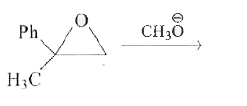 B
B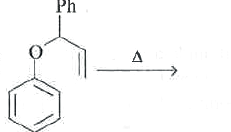 C
C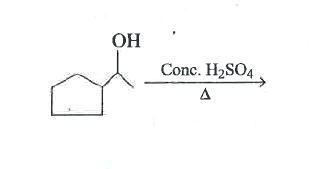 D
D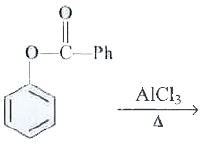
Which of the following reactions involve benzyne intermediate?
A B
B C
C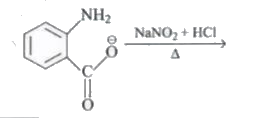 D
D
Which of the following reactions involve hydride ion transfer?
A2H−O∣∣C−HϴOH−−→H−O∣∣C−ϴO+CH3−OHB2H3C−Ot∣∣(C)−ϴOH−−−−−→ΔH3C−CH=CH−O∣∣C−HC2H3C−O∣∣C−HAl(OEt)3−−−−−→CH3−O∣∣C−O−CH2CH3D
Which of the following reaction involves oxidation reduction?
View SolutionWhich of the following reaction is not involved in thermite process?
View SolutionIdentify the reaction or step in EMP pathway which involves substrate level phosphorylation
View SolutionWhich of the following reactions involve oxidation and reduction?
View SolutionWhich of these steps in Kreb's cycle indicates substate level phosphorylation
View Solution
